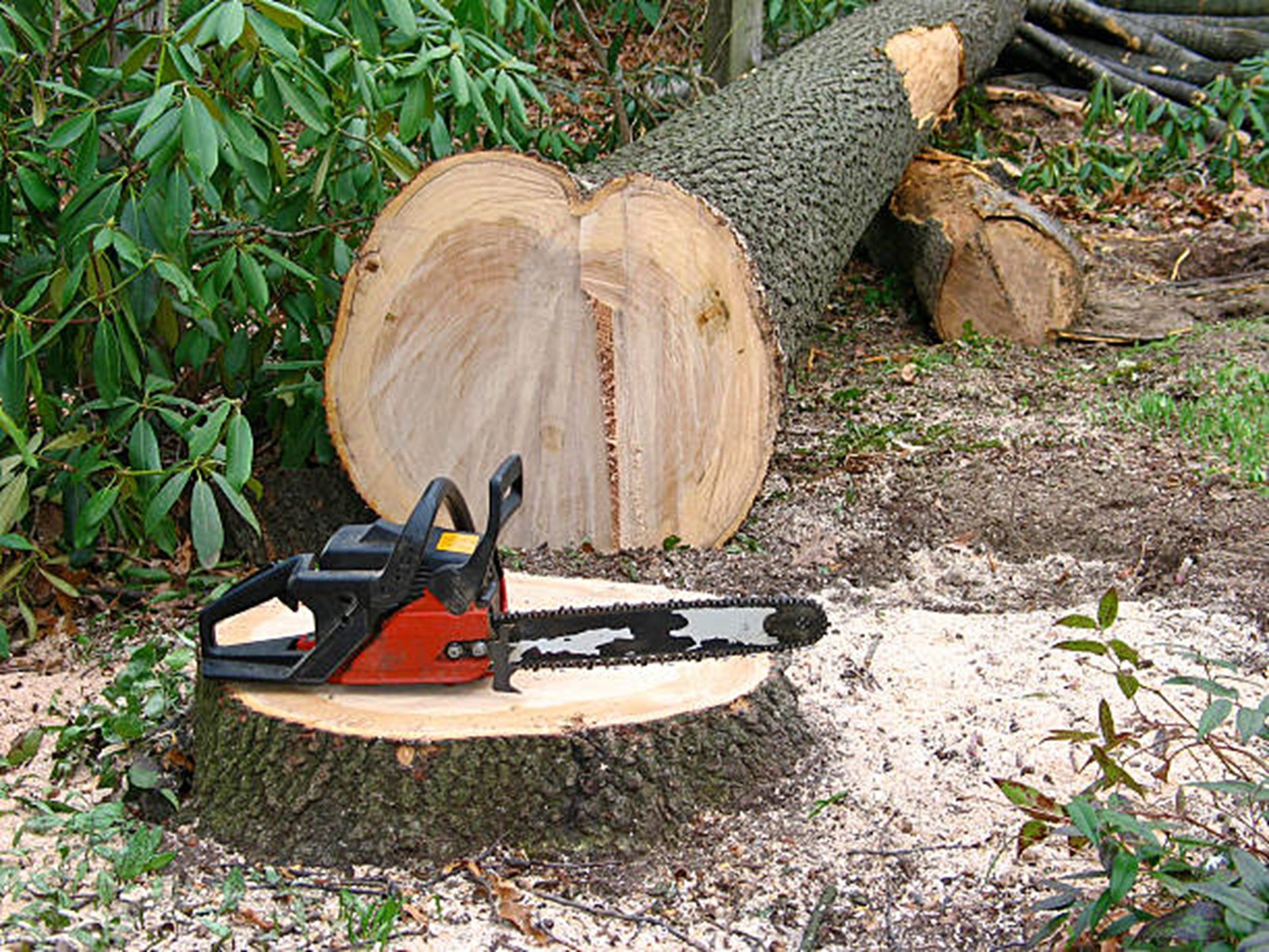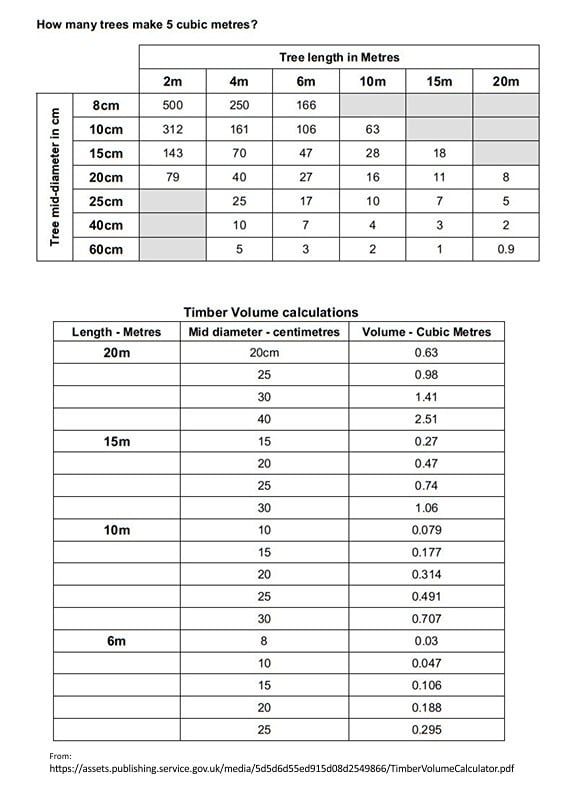Felling Licences

Under the Forestry Act 1967, tree felling in Great Britain a legally controlled activity:
Everyone needs permission from the Forestry Authority (a part of the Forestry Commission) to fell growing trees, unless the operation is exempt (exemptions are discussed below). Felling Licenses are intended to ensure responsible and sustainable forestry practices and to protect the environment and biodiversity while allowing for the management of woodland resources.
As part of this process, the Forestry Authority normally imposes certain conditions on a licence, the most significant of which involves a requirement to restock, ensuring that the area felled is replanted appropriately. Grants may be available to help with this. This means that if landowners take it into their heads to fell a woodland and plough it up for arable crops, the Forestry Authority can prosecute and insist on restocking.
While the requirement for a felling licence is wide-ranging and ensures that most commercial forestry operations and large-scale felling is controlled, there are also quite wide-ranging exemptions that allow most small and ‘domestic’ tree work to proceed without the need for a felling licence.
Nevertheless, before undertaking any tree felling it is important to be sure that the work does come under one of the various exemptions as set out below.
Full details are available from the Forestry Commission website:
https://www.gov.uk/guidance/tree-felling-licence-when-you-need-to-apply#exemptions )
Felling Licences: Exemptions.
Small scale felling is permitted to the extent that a landowner does not require a licence to fell trees
containing less than 5 cubic metres of timber in any calendar quarter, so long as no more
than 2 cubic metres are sold.
A guide as to how to estimate timber volume can be found below; however, by way of a rule of thumb,
a tree of 40cm diameter at breast height (‘DBH’: taken as 1.3m above ground level) will contain
about 1 cubic metre of timber.
For the purpose of permitted small-scale felling, calendar quarters are defined as these periods:
1 January to 31 March
1 April to 30 June
1 July to 30 September
1 October to 31 December
NO licence is required
o For the felling of trees that have diameters of 8cm or less when measured 1.3 metres from the ground
o When carrying out thinning in woodland, trees of 10cm or less are exempt ('thinning' being the felling of
close-growing trees in order to improve the growth of others);
o When cutting for coppice or dealing with underwood, stems of 15cm or less may be removed ('underwood
being trees as a part of a layer below the main forest canopy)
o When cutting for coppice or dealing with underwood (trees as a part of a layer below the main forest canopy),
stems of 15cm or less may be removed.Other Exemptions:
oThe felling of trees in a garden, an orchard, a churchyard or other designated public open space
(e.g. village greens, public parks and registered commons) is exempt.
o Most tree surgery, pruning and pollarding (what is described as ‘lopping and topping’) is exempt.
o Felling trees immediately required to implement a fully approved planning permission is exempt;
however the trees must be explicitly identified in the planning consent as being permitted for removal
or else must stand within the footprint of the proposed development, or otherwise where their removal
is essential in order to carry out the proposed development.
Note that this exemption does not extend to all trees within the ‘red line’ boundary of the approved development.
o Felling included in an approved plan under a Forestry Commission grant scheme (e.g. Woodland Grant Scheme)
o Felling trees for work carried out by some service providers (e.g. electricity, water) and which is essential to
carry out those services.
o Felling necessary to prevent the spread of a disease and done in accordance with a notice served by the Forestry Authority
o Felling in compliance with an Act of Parliament
A rough guide to calculating timber volumes:

